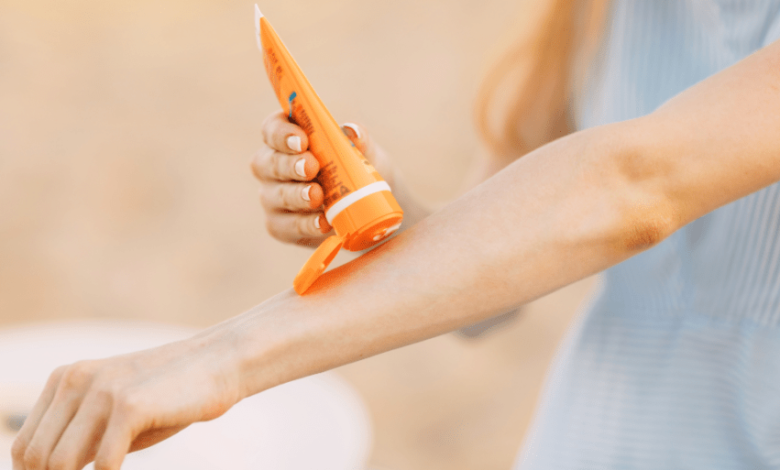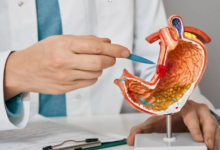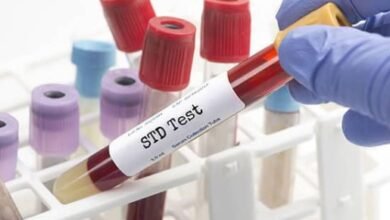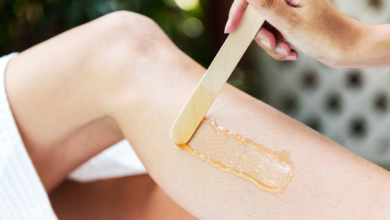Caring For Your Skin Against Cancer Risks

The Role Of Skin In Protecting The Body
Skin is the body’s largest organ and serves as the first barrier against harmful substances, bacteria, and sunlight. It also regulates body temperature, helps maintain hydration, and senses touch. Because it is directly exposed to environmental stressors, the skin is prone to damage that may lead to serious conditions such as cancer. Identifying early indicators like 皮膚癌症狀 is crucial for protecting overall health.
What Causes Skin Cancer
Skin cancer typically begins when DNA within skin cells becomes damaged. This damage often happens due to prolonged ultraviolet (UV) radiation exposure from the sun or artificial sources like tanning lamps. Over time, damaged cells can multiply uncontrollably, forming abnormal growths. Without timely treatment, these cells may spread to nearby tissues or other parts of the body.
Early Signs You Should Not Ignore
Detecting skin cancer early greatly improves treatment outcomes. Common signs to watch for include:
- A new mole or spot appearing suddenly
- A mole changing in colour, size, or shape
- Persistent sores that do not heal
- Red, scaly patches that may crust or bleed
- Itching, tenderness, or pain in a specific skin area
These changes may be subtle, so regular observation is essential to catch possible 皮膚癌症狀.
See also: Can Smartwatches Improve Your Health Monitoring?
Types Of Skin Cancer
Skin cancer appears in several forms, each with distinct features and risk levels.
Basal cell carcinoma – This is the most common type, often appearing as a shiny bump or a pale patch. It grows slowly but can damage surrounding tissues if untreated.
Squamous cell carcinoma – Usually appears as a rough, red bump or patch that may crust over. This form is more likely to spread than basal cell carcinoma.
Melanoma – The most aggressive form of skin cancer. It often appears as an irregular dark patch or develops within an existing mole. Prompt detection and treatment are critical for survival.
Who Is At Greater Risk
Certain characteristics and habits can increase the likelihood of developing skin cancer:
- Light skin, hair, and eye colour
- A family history of skin cancer
- Frequent, unprotected exposure to sunlight
- Regular use of tanning beds
- Large numbers of moles or unusual moles
- A weakened immune system from illness or medication
Those with higher risk factors should be especially vigilant for 皮膚癌症狀.
How Ultraviolet Rays Affect Skin
Ultraviolet radiation damages skin cells in two main ways. UVA rays penetrate deeply, contributing to premature ageing, while UVB rays burn the surface and cause direct DNA damage. Both types of rays increase cancer risk, and their effects accumulate over a lifetime, even on overcast days.
Self-Examinations For Early Detection
Regular self-checks help identify suspicious changes. Stand in front of a mirror to inspect all visible skin, and use a handheld mirror or ask for assistance to examine areas like the scalp and back. Noting and addressing 皮膚癌症狀 early makes it easier for doctors to treat the condition effectively.
Medical Evaluation And Diagnosis
If unusual spots, moles, or patches are found, seek a dermatologist’s opinion. The most common method for diagnosis is a biopsy, where a sample of the affected tissue is removed and examined under a microscope. This confirms whether the cells are cancerous and helps guide treatment decisions.
Treatment Methods For Skin Cancer
Treatment varies depending on the type, size, and location of the cancer. Common approaches include:
- Surgical excision – Removing the cancerous tissue and a margin of surrounding healthy skin.
- Mohs surgery – Layer-by-layer removal, preserving as much healthy tissue as possible.
- Cryotherapy – Freezing abnormal cells to destroy them.
- Topical medications – Creams that target cancer cells in early or surface-level cases.
- Radiation therapy – Used when surgery is not an option or for deeper tissue involvement.
When 皮膚癌症狀 are detected early, treatments are often less invasive and more successful.
Preventing Skin Cancer Through Daily Habits
Preventive measures significantly reduce the risk of skin cancer:
- Use broad-spectrum sunscreen daily with SPF 30 or higher.
- Wear wide-brimmed hats, sunglasses, and protective clothing when outdoors.
- Seek shade during peak sun hours from mid-morning to late afternoon.
- Avoid tanning beds completely.
- Eat a balanced diet rich in fruits, vegetables, and antioxidants for better skin health.
Raising Awareness In Communities
Public education is vital for reducing skin cancer cases. Schools, workplaces, and community groups can hold informational events to teach people how to recognise early symptoms like 皮膚癌症狀 and take preventive steps. Encouraging regular skin checks can lead to earlier diagnoses and higher survival rates.
Conclusion
Skin cancer is a serious but often preventable disease. By understanding its causes, knowing the warning signs, and adopting protective habits, individuals can lower their risks and improve their chances of recovery if diagnosed. Staying alert to subtle changes, such as those seen in 皮膚癌症狀, is an essential part of maintaining skin health and overall well-being.







